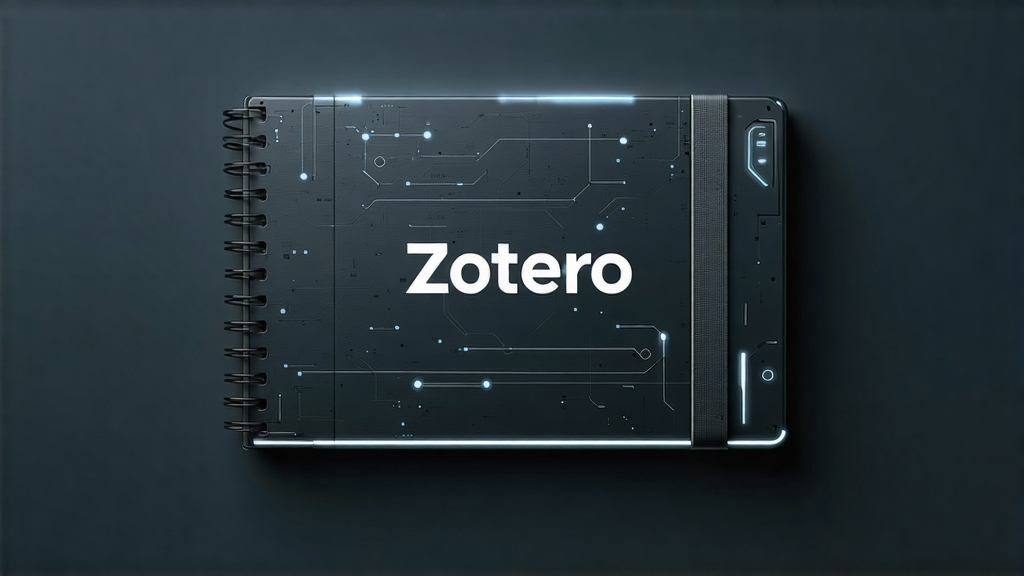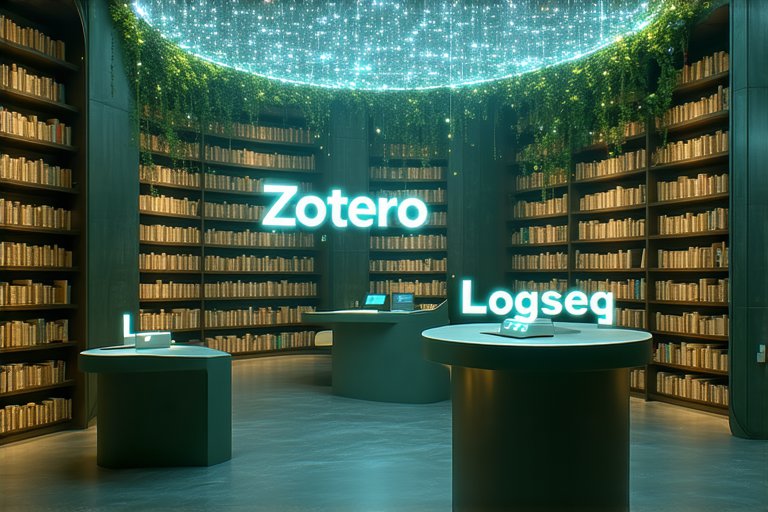Django Markdown和代码高亮
Markdown 你的博文 markdown越来越流行, 越来越多的写博客的博主都喜欢上了makrdown这种标记性语言的易用性和美观性. 像简书, 作业部落, Mou都是比较出名的markdown在线或者离线形式
现在我们就来markdown自己的博客, 首先是安装markdown库, 使用下面命令
1 2 #首先是安装markdown $ sudo pip install markdown #记得激活虚拟环境
现在说说怎么markdown你的博文, 在article下建立新文件夹templatetags,然后我们来定义的自己的 template filter, 然后在templatetags中建立init .py, 让文件夹可以被看做一个包, 然后在文件夹中新建custom_markdown.py文件, 添加代码
1 2 3 4 5 6 7 8 9 10 11 12 13 14 15 16 17 import markdown from django import template from django.template.defaultfilters import stringfilter from django.utils.encoding import force_text from django.utils.safestring import mark_safe register = template.Library() #自定义filter时必须加上 # @符号开始的代码不是注释 @register.filter(is_safe=True) #注册template filter @stringfilter #希望字符串作为参数 def custom_markdown(value): return mark_safe(markdown.markdown(value, extensions = ['markdown.extensions.fenced_code', 'markdown.extensions.codehilite'], safe_mode=True, enable_attributes=False))
在setting.py 的 INSTALLED_APPS 列表最后添加 article.templatetags.custom_markdown。
然后只需要对需要进行markdown化的地方进行简单的修改。我们回到templates文件夹中,修改post.html文件:
1 2 3 4 5 6 7 8 9 10 11 12 13 14 15 16 17 18 19 20 21 22 23 <--! post.html--> {% extends "base.html" %} {% load custom_markdown %} # 新添加的代码 {% block content %} <div class="posts"> <section class="post"> <header class="post-header"> <h2 class="post-title">{{ post.title }}</h2> <p class="post-meta"> Time: <a class="post-author" href="#">{{ post.date_time|date:"Y /m /d"}}</a> <a class="post-category post-category-js" href="#">{{ post.category }}</a> </p> </header> <div class="post-description"> <p> {{ post.content|custom_markdown }} # 新添加的代码 </p> </div> </section> </div><!-- /.blog-post --> {% endblock %}
1 {% load custom_markdown %}添加自定义的filter, 然后使用filter的方式为{{ post.content|custom_markdown }}.
现在我们进入admin界面,对Article对象的内容 content 使用 markdown 语句进行修改。
现在我们再看一下每一篇博文的效果:
我们的主页 home.html 也要做相应的修改
1 2 3 4 5 6 7 8 9 10 11 12 13 14 15 16 17 18 19 20 21 22 23 24 25 26 <!--home.html--> {% extends "base.html" %} {% load custom_markdown %} # 新添加的代码 {% block content %} <div class="posts"> {% for post in post_list %} <section class="post"> <header class="post-header"> <h2 class="post-title"><a href="{% url "detail" id=post.id %}">{{ post.title }}</a></h2> <p class="post-meta"> Time: <a class="post-author" href="#">{{ post.date_time |date:"Y /m /d"}}</a> <a class="post-category post-category-js" href="#">{{ post.category }}</a> </p> </header> <div class="post-description"> <p> {{ post.content|custom_markdown }} # 新添加的代码 </p> </div> <a class="pure-button" href="{% url "detail" id=post.id %}">Read More >>> </a> </section> {% endfor %} </div><!-- /.blog-post --> {% endblock %}
现在启动web服务器, 在浏览器中输入http://localhost:9000/ , 可以看到全新的的markdown效果
代码高亮 这里代码高亮使用一个CSS文件导入到网页中就可以实现了, 因为在上面写markdown的filter中已经添加了扩展高亮的功能, 所以现在只要下载CSS文件就好了.
在pygments找到你想要的代码主题, 我比较喜欢monokai, 然后在pygments-css下载你喜欢的CSS主题, 然后加入当前博客目录的static目录下, 或者最简单的使用
修改base.html的头部
1 2 3 4 5 6 7 8 9 10 11 12 13 <!doctype html> <html lang="en"> <head> <meta charset="utf-8"> <meta name="viewport" content="width=device-width, initial-scale=1.0"> <meta name="description" content="A layout example that shows off a blog page with a list of posts."> <title>{% block title %} Andrew Liu Blog {% endblock %}</title> <link rel="stylesheet" href="http://labfile.oss.aliyuncs.com/courses/487/pure-min.css"> <link rel="stylesheet" href="http://labfile.oss.aliyuncs.com/courses/487/grids-responsive-min.css"> <link rel="stylesheet" href="http://labfile.oss.aliyuncs.com/courses/487/blog.css"> <link rel="stylesheet" href="http://labfile.oss.aliyuncs.com/courses/487/monokai.css"> </head>
添加CSS样式到base.html就可以了.
现在启动web服务器, 添加一个带有markdown样式的代码的文章, 就能看到效果了, 在浏览器中输入http://localhost:9000/








